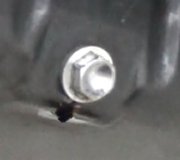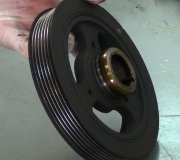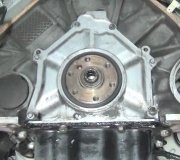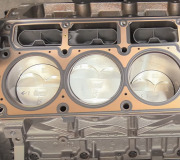The better suspect is a leaking transmission cooler inside the radiator. The clue is the transmission fluid will be turning pink. If coolant really is mixing with engine oil, the oil will turn real light brown. If the head gasket is leaking, the majority of oil passages through the gasket are drain-back holes where the oil is under no pressure. The coolant will get to fifteen pounds, so it is going to go into the oil instead of oil going into the coolant.
Most of these leaks are caused by the red Dex-Cool antifreeze. GM advertised it as "lifetime" coolant to make their cost of maintenance appear to be lower than that of their competitors, then they put stickers under the hood specifying it be changed every three years. Even the Dex-Cool company doesn't recommend that. The water pump lubricant, corrosion inhibitors, and other additives wear out in about two years. That is why it needs to be replaced.
GM owners have a real lot of trouble with leaking heater cores and radiators. To tell if this is the cause of the problem, use a digital voltmeter set to the twenty volt scale, then put the negative probe on the battery's negative post or a paint-free point on the engine or body. Put the positive probe in the coolant by the radiator cap, but it cannot touch anything metal. GM left the radiator caps off a lot of their vehicles. If that is the case, you will need to go to the reservoir. A reading over 2.0 volts indicates the coolant has turned acidic due to depleted additives.
A lot of mechanics refuse to use Dex-Cool antifreeze when they have their customers' best interest at heart. Besides turning acidic, it can turn into a sludge too, hence the term "Dex-Mud". There are alternatives that meet the special requirements of each manufacturers' engines, but most are not compatible with each other. For that reason, this is a good time for a cooling system flush. A simple drain-and-fill does not remove all of the old coolant.
The transmission should be flushed too. A lot of mechanics are skeptical of the need for transmission flushes, as we have done drain-and-fills for decades with fine results. That again only removes about half of the old fluid, but that gets plenty of new additives in there. In this case, antifreeze melts the soft outer layer of engine bearings and transmission bushings. Failing to flush all the antifreeze out of the transmission can put it at risk of a more costly failure.
Thursday, December 14th, 2017 AT 1:07 PM



